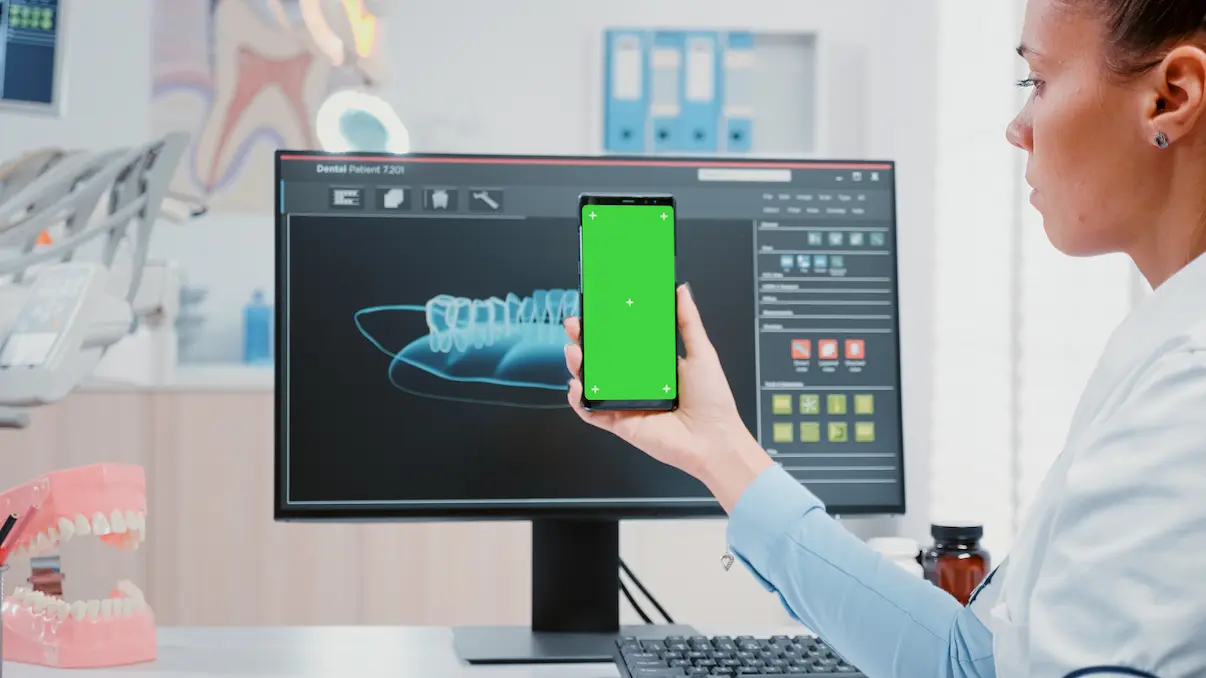Submit Request ...
-
Forums
New technologies in dentistry

Over the past few decades, there has been significant progress in dental technology, with new tools and techniques continually emerging to help dentists provide better care for their patients. These advancements have led to a range of new treatments that are safer, more effective, and less invasive than ever before. In this article, we will explore some of the latest technologies being used in dental care.
Digital X-Rays: Digital radiography uses sensors instead of traditional film to capture images of the teeth and gums. These images are then viewed on a computer screen, allowing dentists to see detailed images of the mouth quickly and easily. Digital x-rays expose patients to significantly less radiation than traditional x-rays, making them a safer option.
Intraoral Cameras: Intraoral cameras are small, handheld devices that allow dentists to capture images of the mouth from different angles. These images are then displayed on a computer screen, allowing patients to see a close-up view of their teeth and gums. Intraoral cameras are useful for detecting early signs of dental problems, such as cavities and gum disease.
CAD/CAM Technology: Computer-Aided Design/Computer-Aided Manufacturing (CAD/CAM) technology uses computer software to design and manufacture dental restorations, such as crowns, bridges, and veneers. This technology allows dentists to create custom restorations quickly and accurately, reducing the need for multiple appointments and temporary restorations.
Laser Dentistry: Laser technology is being used in a growing number of dental procedures, including cavity detection, gum disease treatment, and teeth whitening. Laser dentistry is less invasive than traditional methods, causing less pain and bleeding, and reducing the risk of infection.
3D Printing: 3D printing technology is being used to create dental models and restorations. This technology allows dentists to create custom-fitted restorations quickly and accurately, reducing the need for multiple appointments and temporary restorations.
Digital Impression Systems: Digital impression systems use digital scanners to capture detailed images of the teeth and gums, eliminating the need for traditional impression materials. These systems are more accurate and faster than traditional methods, reducing the time and discomfort associated with taking impressions.
Air Abrasion: Air abrasion is a minimally invasive alternative to traditional drilling methods. This technology uses a stream of air and particles to remove decay from the teeth, reducing the need for anesthesia and preserving more of the healthy tooth structure.
In conclusion, the dental industry is continually advancing, and new technologies are being developed to improve patient outcomes and experiences. The advancements mentioned in this article represent a small portion of the many new technologies being used in dental care today, and it is likely that even more innovative technologies will emerge in the years to come. These technologies offer more precise, less invasive, and faster treatments for patients, making dental care more comfortable, efficient, and effective.
Please let us know what you think!